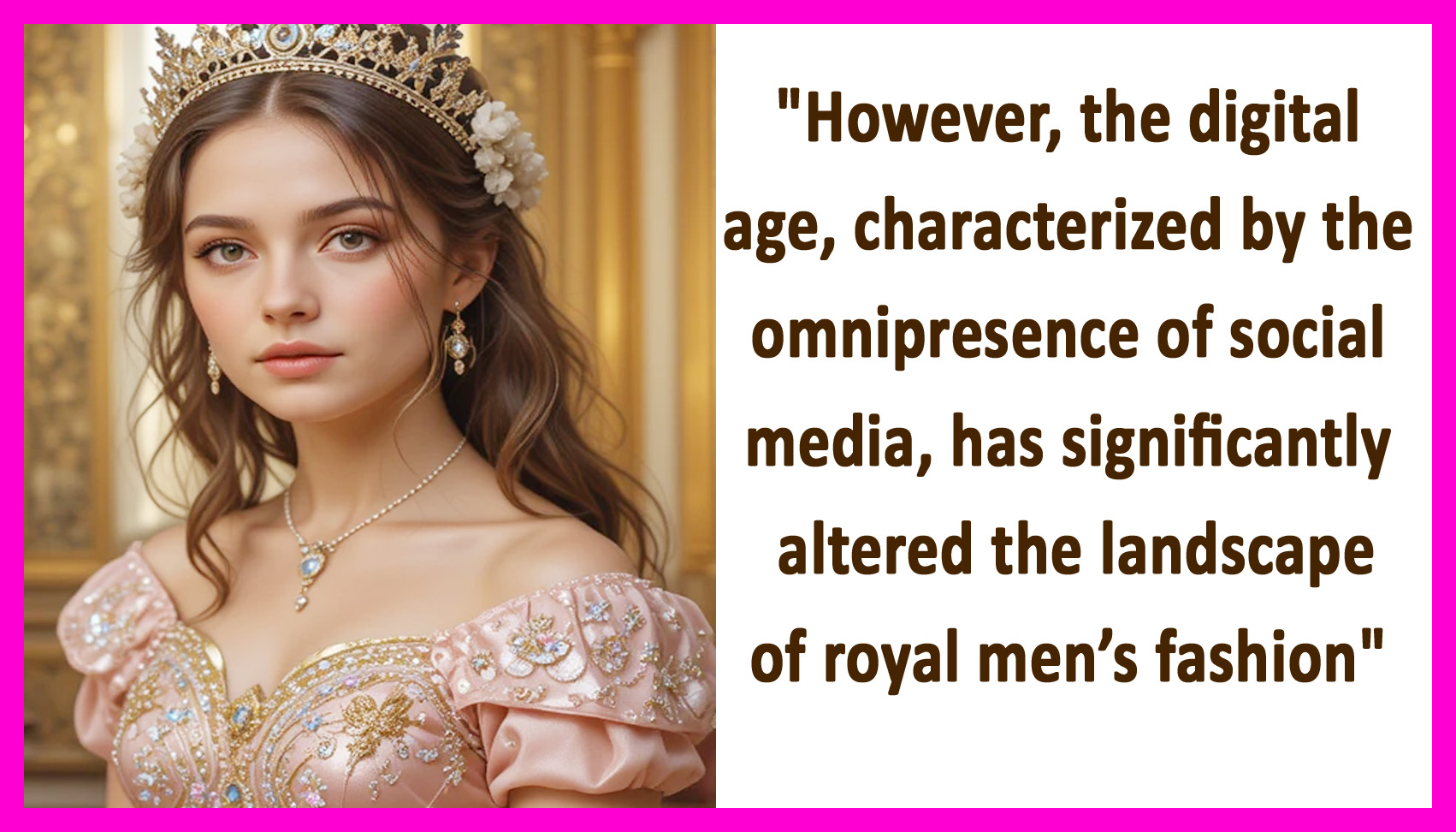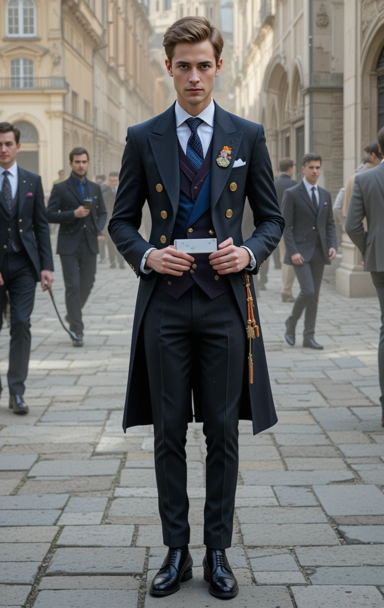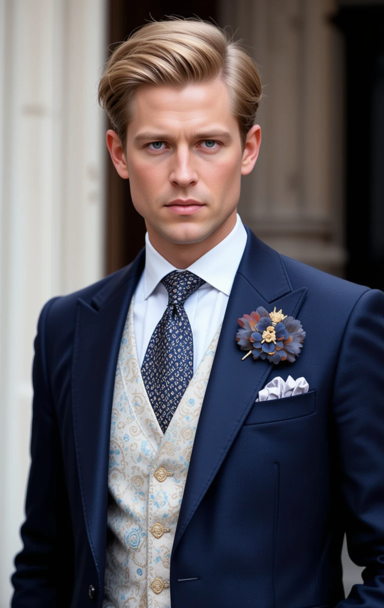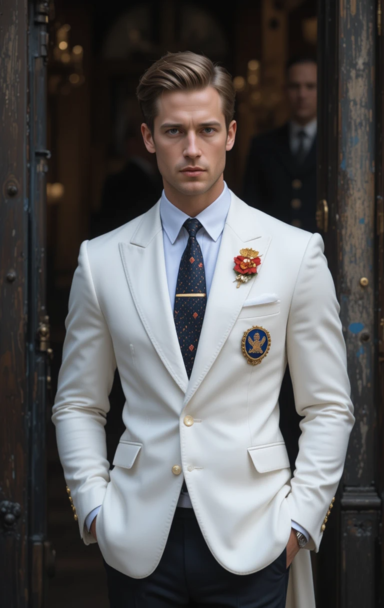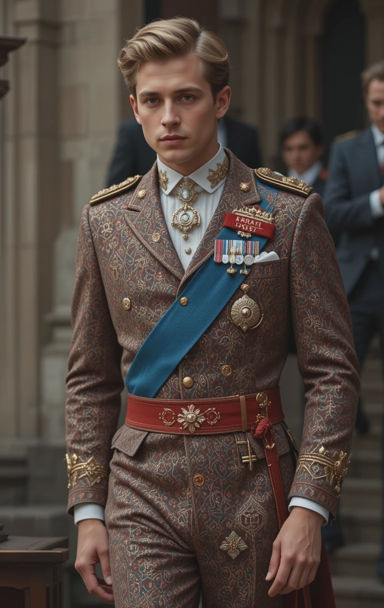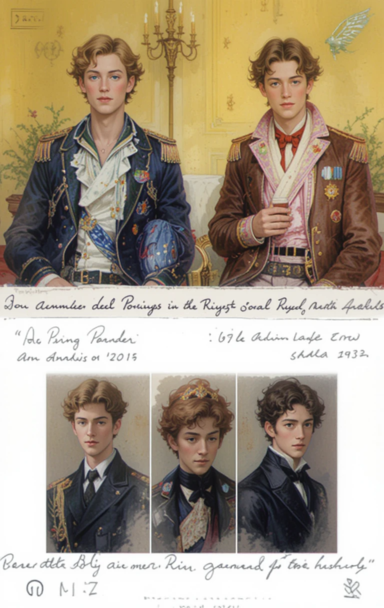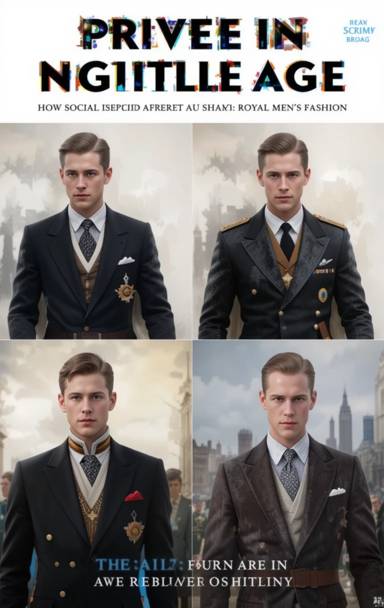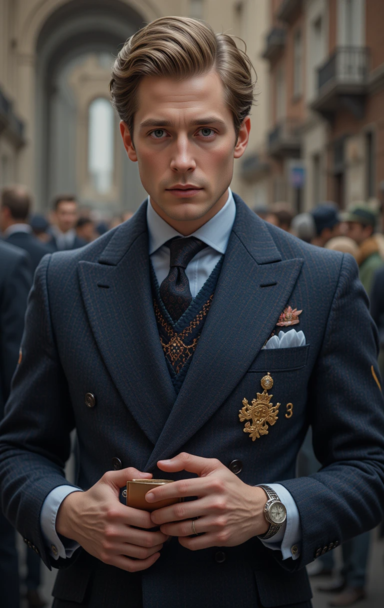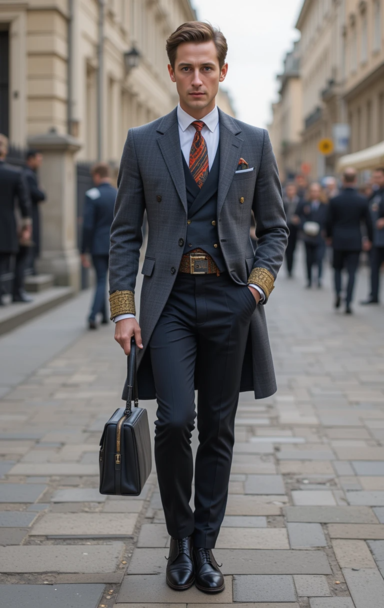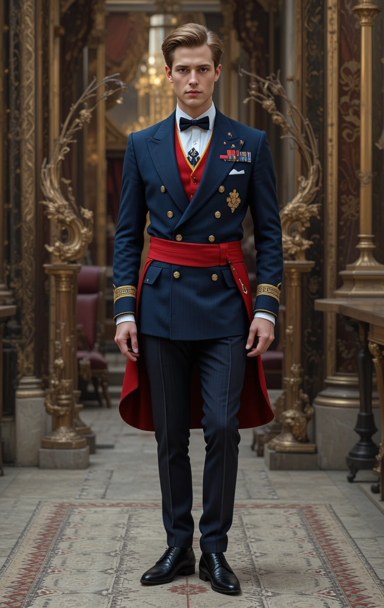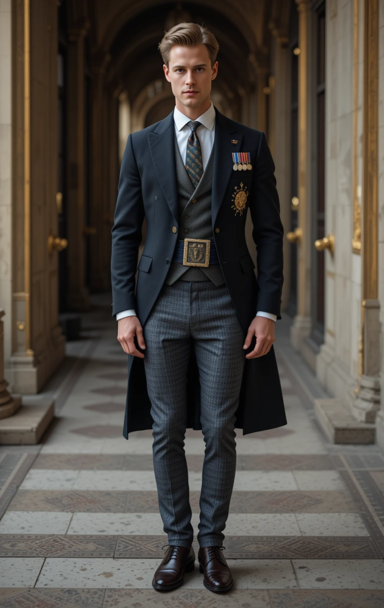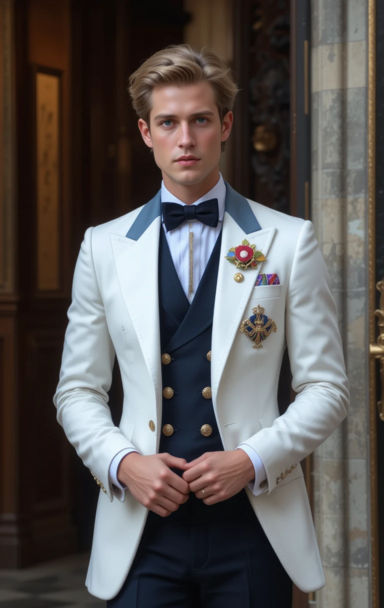Princes in the Digital Age: How Social Media Shapes Royal Men’s Fashion
Introduction
The intersection of royalty and fashion has long captivated global audiences. Historically, the style of princes and royal men has set trends, reflecting status, tradition, and cultural identity. However, the digital age, characterized by the omnipresence of social media, has significantly altered the landscape of royal men’s fashion. Today, platforms like Instagram, Twitter, and TikTok serve as catalysts for evolving fashion narratives, influencing not only how royal men dress but also how they are perceived by the public.
This article explores how social media shapes the fashion choices of modern princes, examining the influences of digital visibility, global fashion trends, and the expectations of the contemporary audience. Through case studies of notable royal figures, we will analyze the dynamic relationship between digital platforms and royal men’s fashion.
The Digital Renaissance of Royal Fashion
In the past, royal men’s fashion was dictated by tradition and formality, with little room for deviation. Today, social media has propelled these figures into the global spotlight, necessitating a balance between classic elegance and modern sophistication. The digital age has enabled immediate scrutiny and feedback on royal attire, urging princes to refine their sartorial choices.
- Immediate Public Engagement
- Social media allows audiences to comment, critique, and praise royal fashion in real-time.
- Platforms like Instagram provide a curated view of royal wardrobes, offering direct insight into their style evolution.
- Public perception often dictates the acceptance or rejection of a prince’s fashion choices.
- Global Influence on Style
- Social media has dissolved geographical barriers, exposing royal men to global fashion trends.
- Collaboration with international designers has become more common, blending traditional royal aesthetics with contemporary trends.
- Royal men now showcase a mix of classic tailoring and modern streetwear influences, reflecting a new era of royal fashion.
Case Studies: Princes in the Social Media Era
1. Prince William and the Art of Classic Refinement
- As the heir to the British throne, Prince William maintains a timeless and conservative wardrobe, largely influenced by traditional British tailoring.
- Social media highlights his preference for bespoke suits, neutral tones, and heritage brands like Savile Row tailors.
- His style exudes stability and continuity, aligning with the expectations of the British monarchy.
2. Prince Harry: The Royal Rebel
- Prince Harry’s fashion journey has evolved significantly, particularly after stepping back from royal duties.
- His embrace of casual, relaxed attire has been widely documented on social media, reflecting his transition to a more independent life.
- The “California effect” has influenced his fashion choices, showcasing laid-back yet refined looks, often featuring open-collared shirts and well-tailored blazers.
3. Crown Prince Hussein of Jordan: Bridging Tradition and Modernity
- As a young, dynamic leader, Crown Prince Hussein effectively merges traditional Middle Eastern attire with contemporary Western fashion.
- His social media presence highlights his appreciation for both ceremonial robes and stylish Western suits.
- The prince’s fashion choices reflect his role as a modern leader while maintaining cultural authenticity.
4. Prince Mateen of Brunei: The Social Media Darling
- Prince Mateen’s Instagram presence has garnered worldwide admiration, influencing his fashion reputation.
- His style is a mix of military precision, sportswear chic, and royal elegance, making him a global fashion icon.
- Social media amplifies his image as a modern prince, blending adventure, athleticism, and sophistication.
The Role of Digital Influencers and Fashion Partnerships
Social media has blurred the lines between royalty and celebrity, making princes more relatable and accessible. This shift has led to collaborations between royal men and fashion brands, albeit subtly.
- Brand Collaborations: While direct endorsements may not align with royal protocol, social media presence subtly associates princes with luxury fashion houses.
- Influencer Impact: Royal fashion is frequently analyzed by influencers and bloggers, shaping public perception and sparking global trends.
- Sustainable Fashion: Many princes, such as Prince Charles (now King Charles III), advocate for sustainable fashion, a movement that has gained traction on social media platforms.
The Evolution of Royal Uniforms in the Digital Age
Traditional royal uniforms, once reserved for ceremonial occasions, are now part of a broader digital discourse. Social media has revived interest in military uniforms, royal regalia, and cultural attire, influencing how these garments are perceived by younger generations.
- Military Influence: Princes like Prince Harry and Prince Mateen maintain a strong association with military fashion, which is frequently highlighted in digital media.
- Cultural Attire: Social media showcases the diverse heritage of royal families, from Middle Eastern robes to African ceremonial garments, fostering global appreciation.
- Reinterpreted Classics: Younger princes experiment with modern tailoring while maintaining classic silhouettes, ensuring relevance in the digital age.
Social Media Backlash and Fashion Criticism
With great visibility comes great scrutiny. Social media platforms amplify both admiration and criticism of royal fashion.
- Controversial Choices: Any deviation from expected royal dress codes can lead to online debates and media headlines.
- Fashion Faux Pas: A single wardrobe misstep can go viral, leading to public discussions on cultural appropriation, sustainability, or political implications.
- Memes and Satire: The digital audience often transforms royal fashion moments into memes, further cementing their impact in popular culture.
Conclusion: The Future of Royal Fashion in the Digital Age
As social media continues to evolve, so will its influence on royal men’s fashion. Princes are no longer just historical figures but modern influencers, shaping and being shaped by digital trends. The balance between tradition and innovation will remain key, with future royal generations navigating the fine line between maintaining regal dignity and embracing contemporary style.
Whether through classic tailoring, cultural attire, or modern reinterpretations, princes in the digital age are redefining what it means to be stylish in the 21st century. Their fashion choices, amplified by social media, serve as a testament to the ever-evolving nature of royalty in a rapidly changing world.

